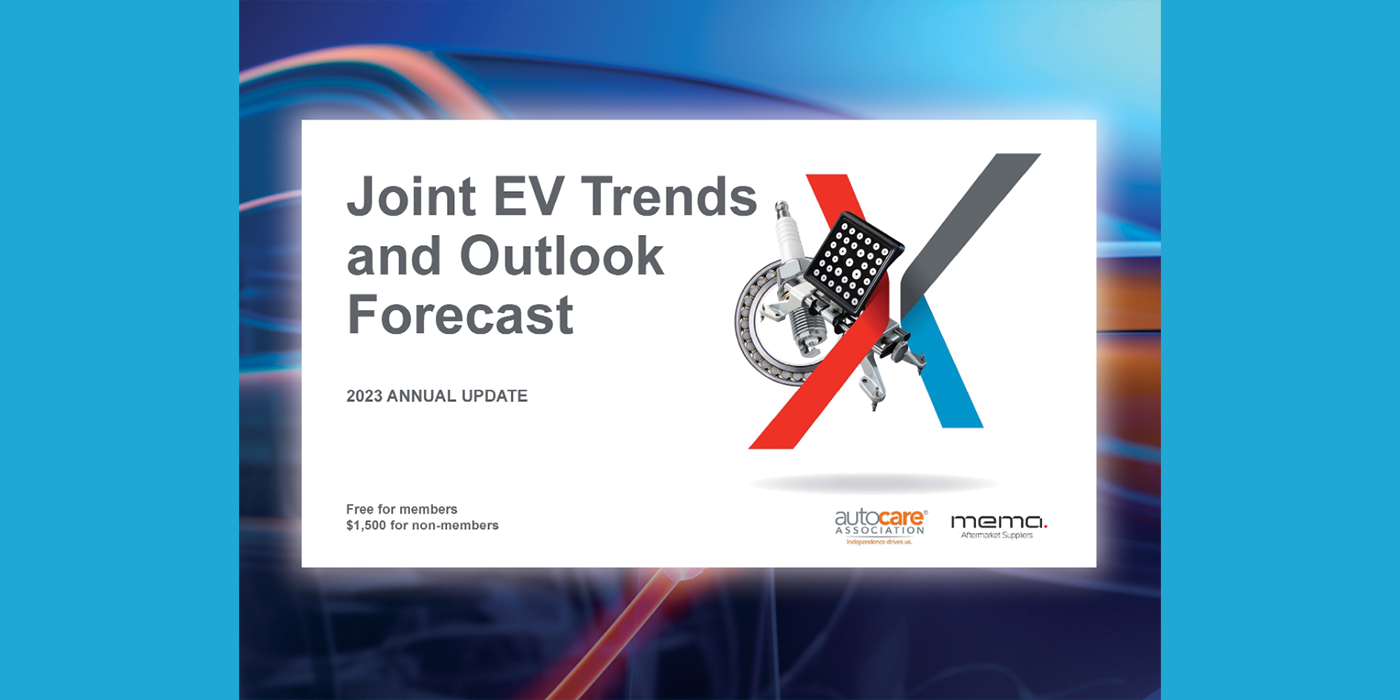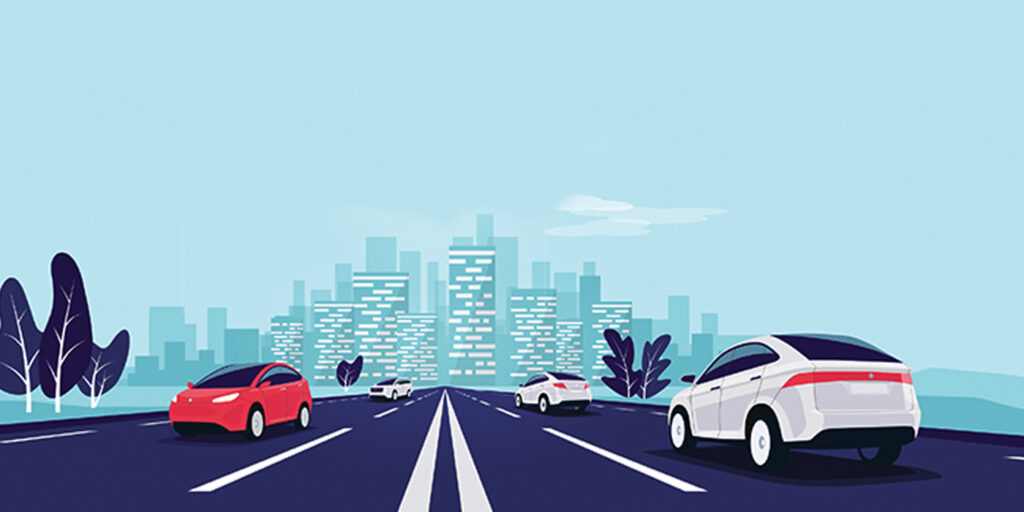The adoption of circular economy practices combined with accelerated electrification in the automotive industry has the potential to reduce carbon emissions by up to 75% and non-circular resource consumption by up to 80% per mile by 2030, according to a report from Accenture, the World Economic Forum and the World Business Council for Sustainable Development.
The report, “Raising Ambitions: A new roadmap for the automotive circular economy,” is based on an Accenture analysis that finds mobility demand — in terms of both passenger miles and predicted vehicle stock — is expected to increase 70% globally by 2030. The automotive industry can prepare for this demand, while also decarbonizing to contribute to limiting global warming to less than 1.5°C, by achieving circularity through the lens of energy, water, waste, materials, vehicle lifetime and use.
“Circular cars will be a key building block to serve the growing mobility demand, while at the same time reducing resource consumption and carbon emissions to a level that is truly sustainable,” said Axel Schmidt, a senior managing director at Accenture who leads its Automotive industry group globally. “While many vehicle manufacturers have already set net-zero goals toward carbon neutrality, the roadmap for automotive circularity must be a core element of this transformation and ambition.”
According to the report, circularity in the automotive ecosystem can be accomplished through four key transformation pathways:
- Achieve net-zero carbon emissions across the whole vehicle lifecycle (e.g., low-carbon materials and assembly, integration with energy grid.).
- Enable resource recovery and close material loops (e.g., end-of-life disassembly and reverse logistics, electric vehicle battery recycling).
- Increase the lifetime of the vehicle and its components (e.g., subscription-based ownership, re-use and remanufacturing at scale).
- Ensure efficient vehicle use over time and occupancy (e.g., vehicle/mobility on demand).
“The circular car is now on its way to becoming a core component of the automotive future,” said Christoph Wolff, global head of mobility and member of the executive committee at the World Economic Forum. “Companies across the industry must consider how technology and business levers can maximize the resource value of the car, minimize life-cycle emissions and unlock new opportunities along the value chain.”
The primary barriers to circularity in the automotive industry are related to customers and use patterns, business models, production methods and technology, and regulatory hurdles. The report outlines key recommendations to overcome challenges along the automotive value chain:
- Agree on a common framework for guiding and measuring progress.
- Realign the profit motive for the automotive ecosystem away from selling products toward selling mobility and other services.
- Create data standards, reporting frameworks and transparency measures that foster circularity in vehicle design development, life-cycle management and end-of-life processing.
- Start piloting radical solutions now and target to leapfrog existing product development cycles.
- Secure policy support for systemic transformation.
The report is the result of Accenture’s work with the World Economic Forum Circular Cars Initiative (CCI), which consists of 40-plus member companies and organizations from the automotive value chain, jointly laying out a systemic approach to automotive sustainability and circularity. The goal of the initiative is to foster collaboration and kick-start a system transformation toward a circular economy.
“The automotive industry along with the mobility sector will have to profoundly change if it is to provide for the forecasted 2.5x fold increase in road transport demand by 2050 at net-zero carbon emissions,” said Thomas Deloison, director of mobility, World Business Council for Sustainable Development. “We believe that the Circular Cars Initiative will help to find the collaborative pathways to accelerate this transformation.”
For more information and to view a copy of the report, visit: accenture.com/AutoWEFreport.













